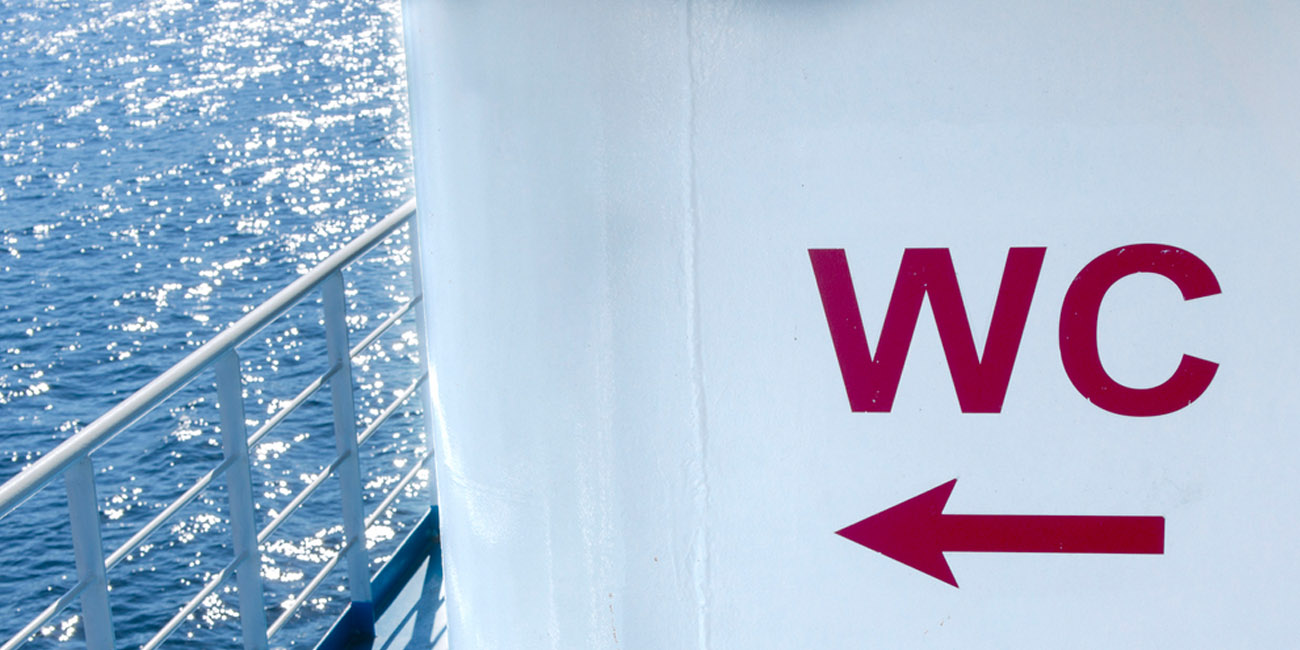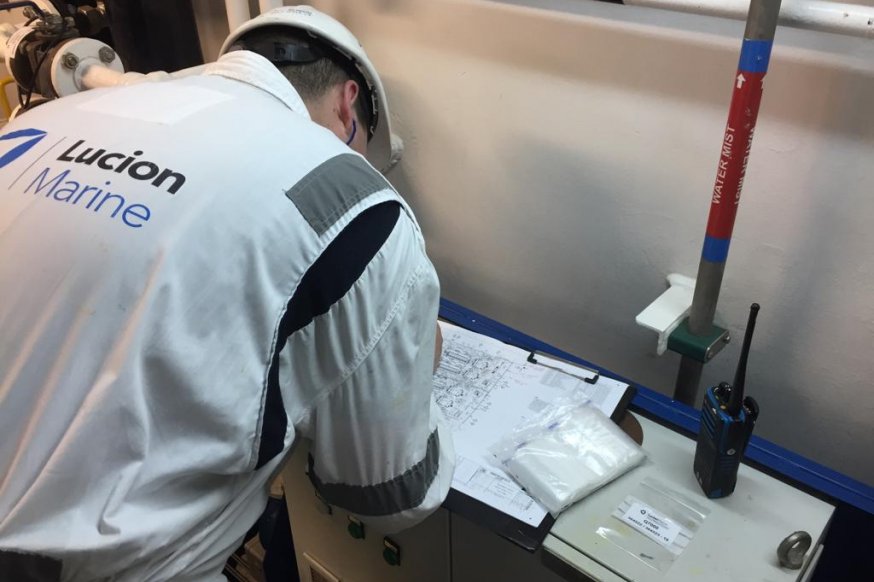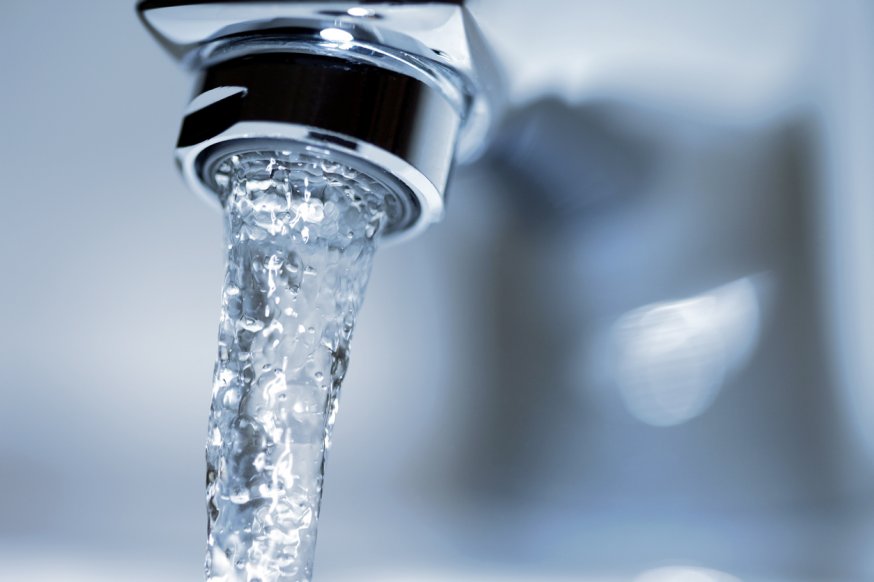
Ensuring your ship sanitation is upheld and compliant with regulations is crucial to ensuring the safety or your crew and passengers. Our team of hazardous substances Consultants provide an accredited inspection program that covers every aspect of a ship’s water management operation. The successful navigation of this audit results in the issue of a Certificate of Compliance (CoC), giving reassurance of your Safety Management System practices.


A Water Safety Plan (WSP) is a comprehensive risk assessment and management plan that encompasses all steps in water supply, from source to consumption, in order to ensure the safety of portable water.
The Water Safety Plans (WSP) application was first formally adopted in 2000 during the revision of WHO Guidelines for Drinking Water Quality. The risk management practices used in the WSP was based on many aspects of HACCP (Hazard Analysis and Critical Control Points) used in food hygiene and manufacturing.
According to the World Health Organisation (WHO) diarrhoeal diseases which are largely derived from poor water sanitation account for 2.4 million deaths per year (WHO 1999). Implementing effective water safety plans and conducting thorough risk assessments is key to ensuring protection against waterborne diseases.
The objective of your Water Safety Plan is to ensure that drinking water is safe. This can be achieved through good water supply practice which encompasses:
Hazardous events can lead to contamination and can risk the health of humans and environment. Knowing where hazards can occur and implementing effective risk control measures are critical steps in protecting teams using the WSP.
Water safety management is becoming a greater priority in light of the current and pending guidance and legislation, public awareness and high profile water-related issues within the marine industry and therefore the issue of potable and recreational water safety management should be a key element of any corporate risk management policy.
Our hazardous management Consultants have developed an accredited inspection program that covers every aspect of a ship’s water management operation and ultimately results in the issue of a Certificate of Compliance (CoC) to the vessel which becomes part of the owner’s due diligence documentation.
Our comprehensive audit approach and the resulting inspection document ensures an audit trail for future reference and provides auditors of your Safety Management System (SMS) or Quality Management System (QMS), both internal and external, with a comprehensive audit document that ensures an audit trail for continuous improvement. In the event of system contamination, an illness outbreak or other water quality assurance issue, the CoC would provide supporting evidence that the water system risks have been properly evaluated, due diligence carried out and therefore prevent any exposure to expensive litigation, negative publicity, or global brand damage.
In addition, a CoC provides all stakeholders (guests, staff, management, shareholders, insurers, travel agents etc) with the assurance that water safety management is not only taken seriously but also has been ratified by an independent body as being over and above minimum legal requirements.
The World Health Organisation’s (WHO) Guide to Ship Sanitation advises that there are several components to a Water Safety Plan:
Working from our international offices across the globe, our Consultants assist you in preparing and developing your Water Safety Plan to ensure that they meet all requirements under the guidance and are fit for purpose.
We can also assist you in carrying out inspection and testing works for the identification of hazardous materials and managing any remediation works required as part of the process.
As market leaders in providing accredited and certified scientific hazardous materials testing, inspection and environmental management solutions, we deliver our trusted services to corporate clients who require regulatory compliance on their vessels and/or assets. We serve over 1,500 clients across 20 sectors including marine and offshore.
Partner with a purpose driven, internationally trusted, holistic environmental management and services supplier. Click 'Make an Enquiry' now or give our team a call on 0345 5040 303.
Download a printable PDF of this page